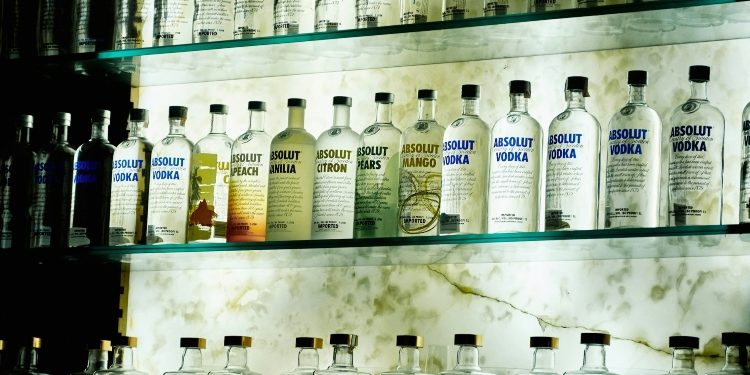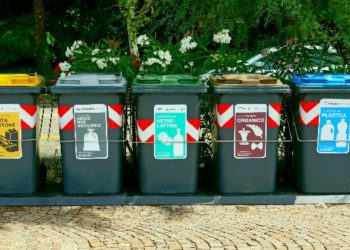Glass continues to be a perfect packaging type for spirits, perfumery and food & wine even in 2024, for a variety of reasons.
First of all, being transparent, it shows and enhances the inner contents, providing an aesthetic impact and elegance that cannot be equalled by other packaging materials. Then, being infinitely recyclable as well as durable and reusable, it ensures a high level of sustainability, increasing the circular economy, reducing waste and litter and promoting a greener lifestyle. It is safe, hygienic, keeps all the properties and quality of the product intact and, finally, does not release harmful substances to the food it contains, nor does it disperse pollutant particles into the environment; this eliminates the risk of contamination, also thanks to its role as an insulating barrier, and improves shelf-life, that is, the conservation time of the product.
For all these reasons, glass is still considered to be one of the best packaging and the companies specialising in this field, as can be seen on https://www.vetroelite.com/en/ for example, not only work to constantly find innovative approaches in the world of glass packaging and go beyond production limits, but also to chart new creative paths to shape ever new experimentation that generates high-end packaging that leaves their mark.
The future of glass packaging between design, technology and sustainability
The future of glass packaging is strongly oriented towards sustainability, with increasingly eco-friendly production introducing cutting-edge technologies and new methods to help reduce energy consumption and carbon footprint and promote the use of recycled and reusable glass.
Technology and personalisation are also at the forefront of taking the consumer experience to a new level, with the design of bespoke glass packaging that shapes unique containers designed to enhance exclusive products and interactive packaging that provides additional information about the product and its history and allows consumers to interact directly with the brand.
Lastly, innovative design should not be underestimated, which is becoming more and more fundamental with a view to aesthetic beauty capable of striking at first glance: more and more minimalist packaging with clean lines and natural colours, glass ennobling, special decorations on bottles (through traditional processes such as screen-printing and satin-finishing or more innovative ones such as ink-jet printing and metallisation with laser engraving) and design that focuses on shapes, colours, patterns and textures as the key to transmitting its added value.
Steadily increasing demand
The glass packaging industry, after having successfully weathered the Covid period and the ongoing energy crisis, continues to grow. This is thanks to investments aimed at meeting rising demand, but also at responding effectively to new challenges in the sector, such as decarbonisation, recycling and the ability to reduce the weight of packaging to ensure lower consumption of raw materials, energy and emissions. This is a direction that is also strongly demanded by consumers, who are increasingly inclined to choose glass packaging for certain types of products.
David Prior
David Prior is the editor of Today News, responsible for the overall editorial strategy. He is an NCTJ-qualified journalist with over 20 years’ experience, and is also editor of the award-winning hyperlocal news title Altrincham Today. His LinkedIn profile is here.












































































